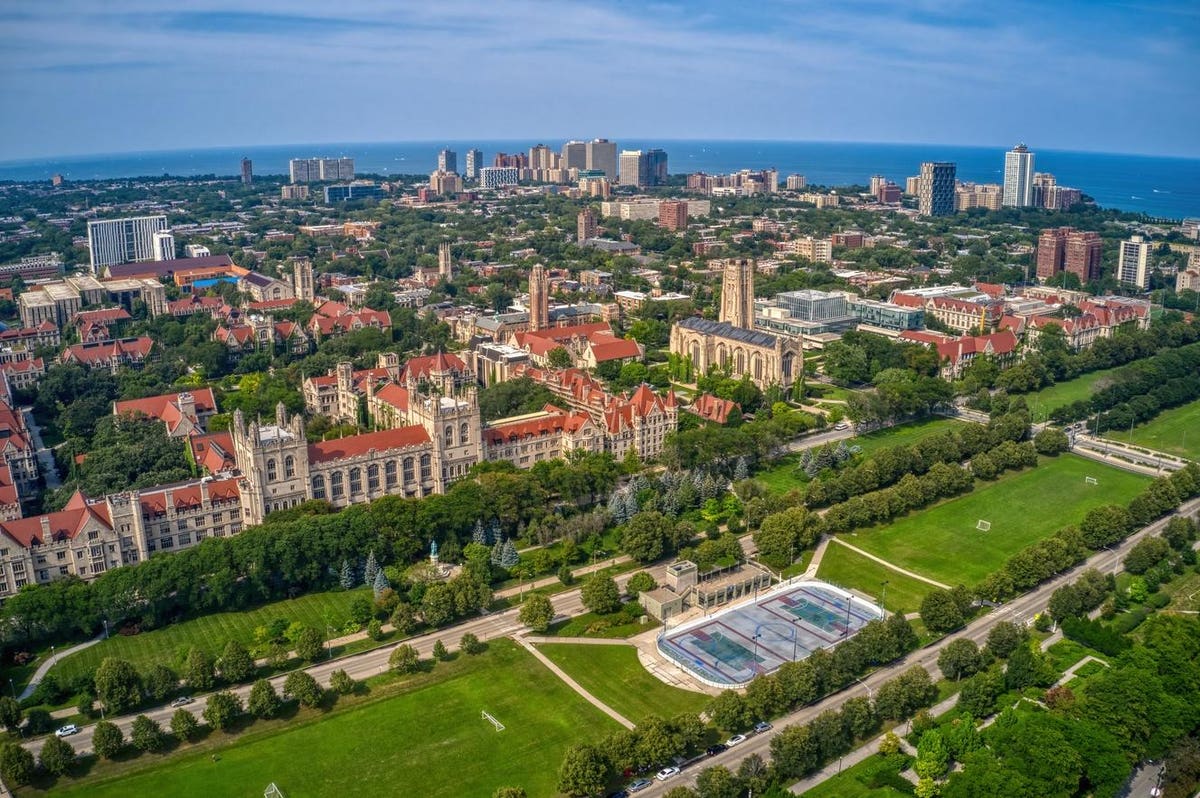The National Science Foundation (NSF) has awarded $76 million in funding to support four physics centers intended to conduct groundbreaking research into some of the field’s most challenging questions.
The support comes through NSF’s Physics Frontiers Centers program and ranges from $14 million to $25 million per center over six years. Among the four awardees are one new center at the University of Chicago and three centers – at the California Institute of Technology, the University of Colorado, and the Massachusetts Institute of Technology (MIT) – that are receiving renewed NSF funding. NSF now supports eight physics centers through this program.
According to NSF, the Physics Frontiers Centers program supports “university-based centers and institutes where the collective efforts of a larger group of individuals can enable transformational advances in the most promising research areas.” The aim is to foster major breakthroughs at the intellectual frontiers of physics by providing a combination of resources not usually available to individual investigators or small groups.
“Research teams at NSF Physics Frontiers Centers have made breakthrough after breakthrough, such as creating remarkable new states of matter and revealing the first evidence for the gravitational wave background of the universe,” says NSF Director Sethuraman Panchanathan in the agency’s announcement. “While different in their respective areas of focus, NSF’s newly funded centers are all bold team efforts to punch through to exciting new vistas of scientific exploration. Achieving transformative opportunities requires us to reach those vistas through new technologies and other advances and have a look around.”
According to NSF, in addition to their research activities, the centers will provide training and mentorship for undergraduates, graduate students and postdoctoral researchers to help build the U.S. scientific workforce and prepare the next generation of leaders in physics.
They also will try to encourage middle and high school students to pursue careers in science through a variety of engagements, including educational games and videos, workshops, summer schools and educational outreach with local schools and teachers.
Here’s a bit more about each of the four newly funded centers.
Located at the University of Chicago, the NSF Physics Frontiers Center for Living Systems will focus on how living matter can store, retrieve and process information.
It will be led by Margaret Gardel, the Horace B. Horton Professor of Physics and Molecular Engineering at the University of Chicago. “We aim to establish a new field of physics that focuses on how living matter adapts to its environment on timescales ranging from milliseconds to billions of years,” said Gardel, director of the James Franck Institute and member of the Institute for Biophysical Dynamics. “This will both deepen our understanding of living systems and open opportunities for new technologies.”
The Institute for Quantum Information and Matter will be located at the California Institute of Technology. It will attempt to combine multiple fields of physics involving atoms and molecules with new developments in quantum information theory. Among its work, the center will create new algorithms that can be used in quantum computing and cryptography, and it will develop new types of quantum materials with unusual properties.
According to the center’s website, its research has “applications in quantum computing, precision measurement, fundamental physics, and the creation of new quantum materials with potential societal benefits in the areas of health care, cybersecurity, energy production, and the sustainability of the planet.”
The Comprehension and Control of Emerging Complexity at the Quantum Frontier will be housed at the University of Colorado Boulder. This center will explore quantum systems of increasing size and complexity as part of JILA, a joint research institute of CU Boulder and the National Institute of Standards and Technology.
The center aims to design and control quantum systems comprising collections of materials such as ultracold atoms and molecules, develop novel light sources that can control the properties of quantum systems and find new ways to engineer the quantum states of complex molecules to create new forms of matter that could have useful applications.
Located at MIT, the Center for UltraCold Atoms is a joint effort with Harvard University that will explore how to achieve greater control and programmability of complex quantum systems. Researchers will conduct experiments in four main areas: quantum gases of atoms and molecules, arrays of Rydberg atoms and molecules, atom-like impurities in semiconductors, and “strong coupling,” which involves an unusual linking of light and matter. The larger goal, according to an NSF summary, is to “enable new capabilities for engineering many-body states of atoms and photons, with applications in quantum nonlinear optics, quantum metrology, and networking.”
Read the full article here





